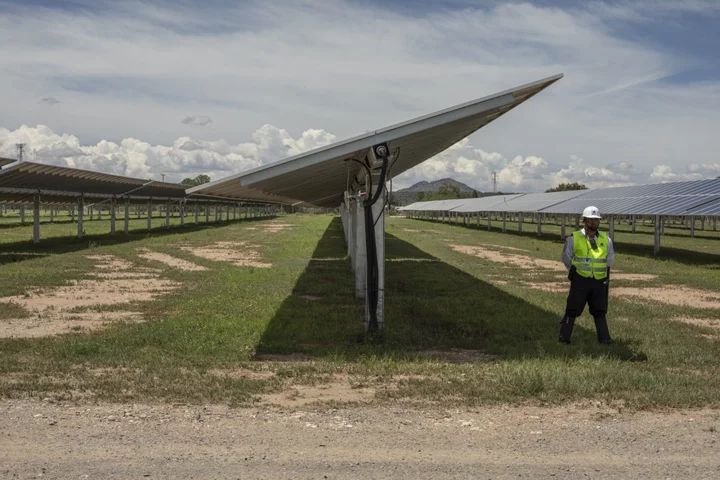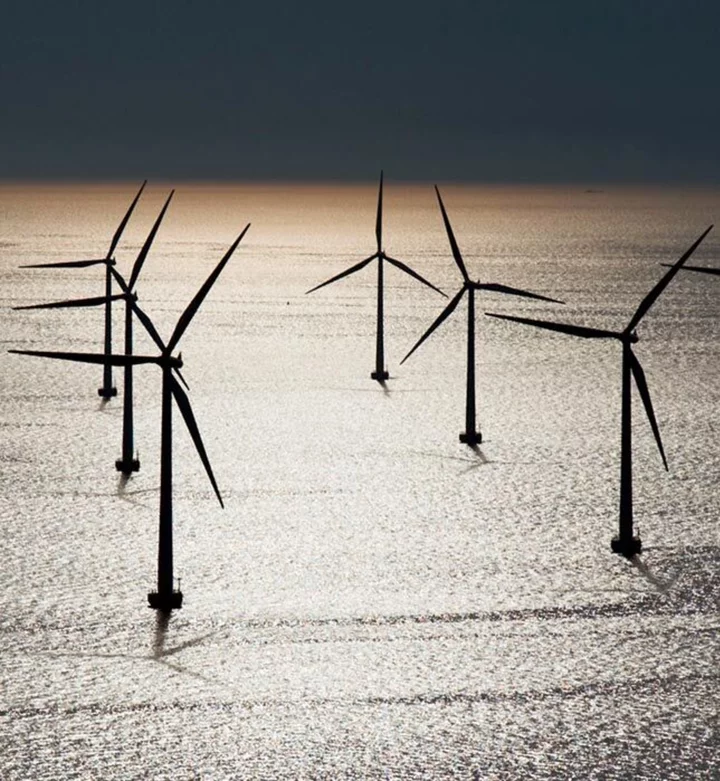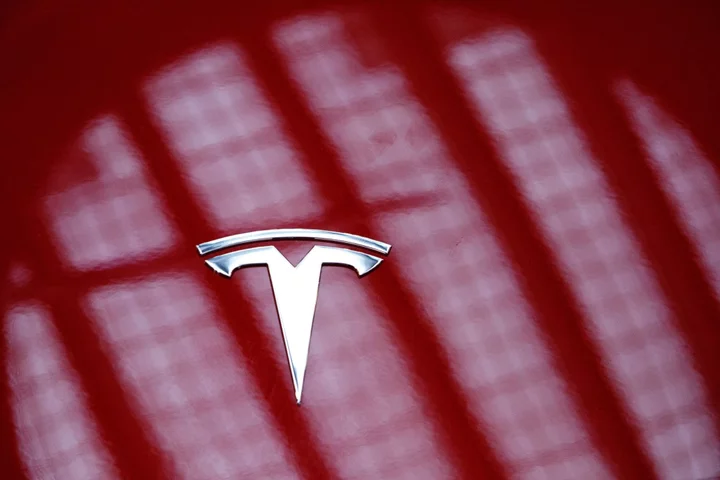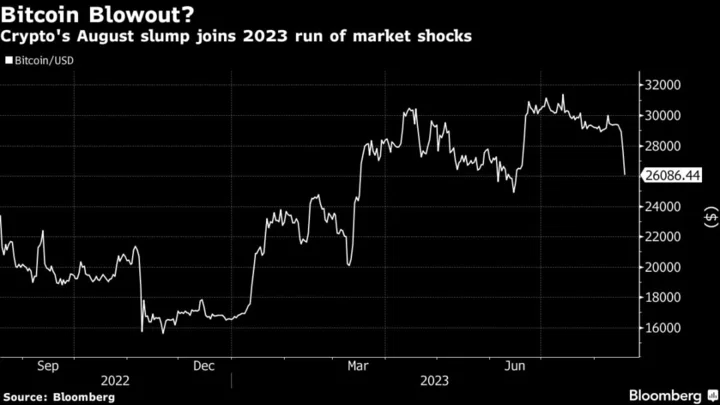Enel SpA is on track to miss a key target tied to the terms of almost $11 billion of sustainability-linked bonds, meaning investors may see a rare trigger event play out.
It is “highly unlikely” that Enel will achieve an end of 2023 carbon-emissions goal after changes to European energy policy resulted in the delayed phaseout of coal plants, the Anthropocene Fixed Income Institute wrote in a report on Friday. Failure to meet the key performance indicator would release an estimated $27 million of additional annual interest costs for the Italian energy company, AFII said.
An Enel spokesperson declined to comment.
If AFII’s analysis is borne out, the event would mark the most significant penalty yet in a market whose first bond was issued by Enel in 2019. It also underlines how the energy crisis, sparked by Russia’s invasion of Ukraine, is hampering companies’ climate commitments. Among SLB issuers to have felt the fallout are Greece Public Power Corp., which has already missed a similar target.
A trigger event for Enel would be “substantial for the company, and significant for investors,” said AFII’s head of research, Josephine Richardson, who previously spent almost two decades at JPMorgan Chase & Co. “Current bond pricing implies this event hasn’t been digested by the market.”
Sustainability-linked bonds typically see issuers pay a penalty if they miss pre-determined environmental, social or governance goals. But unlike green bonds, the use of proceeds isn’t dictated in the terms of the contract. In less than five years, SLB issuance has mushroomed to create a market worth more than $250 billion. Enel remains the world’s largest SLB issuer and has also taken out similarly-structured loans, guarantees and derivatives.
To be sure, any potential penalties are small relative to Enel’s total business. A CreditSights analysis earlier this year found that missing the target would cost an extra €107 million ($113 million) until the affected bonds mature, or €155 million if Enel also ends up missing a 2024 target. Those amounts would “barely move the dial” for a company the size of Enel, the report said.
Richardson said Enel has a “deep and frequently updated commitment to sustainability,” citing how the company has made its ESG targets increasingly ambitious in recent years. Missing the end of 2023 goal shouldn’t be viewed as a shift in the firm’s sustainability strategy, but “rather a bump in the road driven by exogenous factors,” she said.
“Enel has provided a valuable hedge option for investors in terms of carbon emissions,” she said. “We believe Enel will benefit from beneficial funding conditions based on this level of transparency and consistency.”
Enel has so far met its financially-material targets. The firm has committed to reducing its Scope 1 emissions intensity — the narrowest definition of an entity’s carbon footprint — for power generation to 148 grams of carbon dioxide equivalent per kilowatt-hour in 2023.
After the first half of 2023, the figure stood at 173 gCO2e/kWh, according to Enel’s latest disclosures. That’s roughly 25% below the same period last year after Enel sold off its Russian assets, according to AFII. In the absence of other big deals, the company looks a long way from reaching its target, it said.
“The Russia divestment is non-repeatable,” Richardson said. “We aren’t aware of any significant investment or acquisition” that might increase the share of Enel’s power generation from renewable energy, she said.
The market’s ostensible failure to price in the trigger event that’s ahead creates “opportunities” for investors, according to AFII. The 10 Enel SLBs in question have generally been trading at attractive prices relative to its other debt, indicating that investors aren’t yet factoring in the prospect of a coupon step-up, it said.
--With assistance from Alberto Brambilla.
(Updates with Enel spokesperson declining to comment in third paragraph.)









